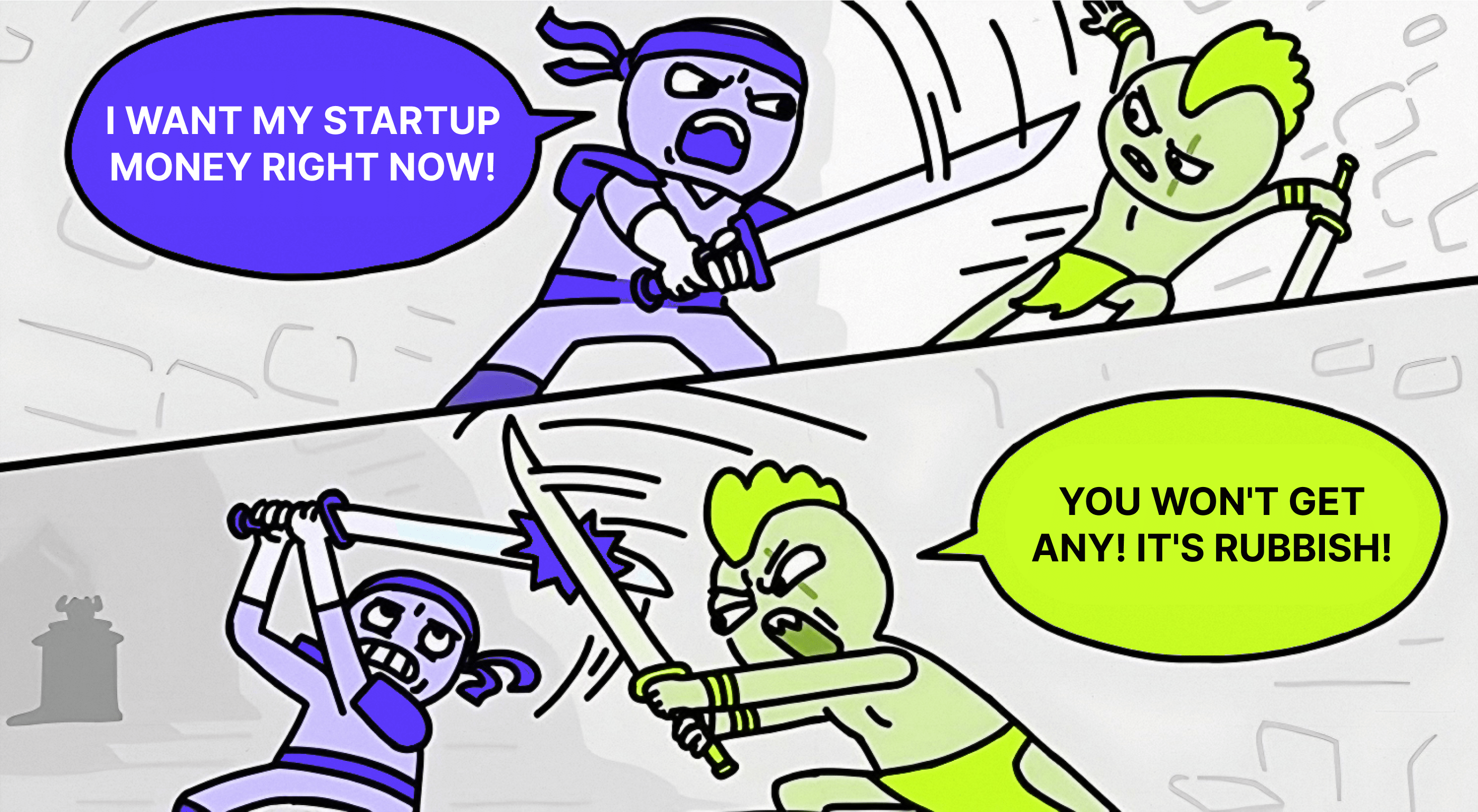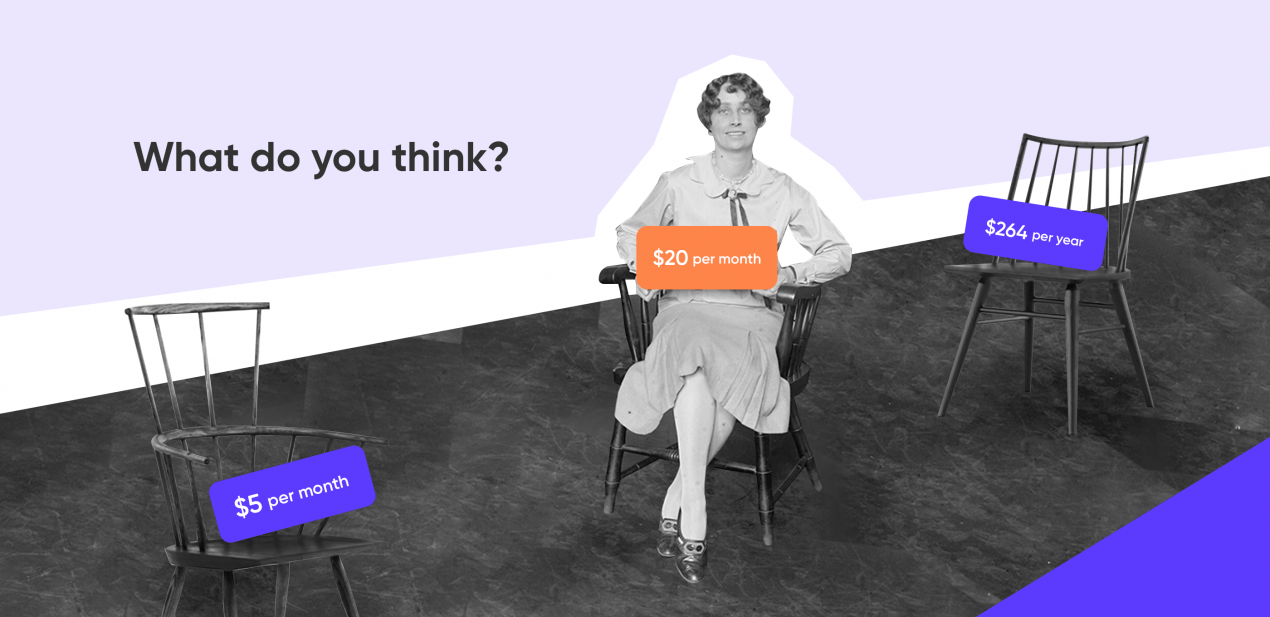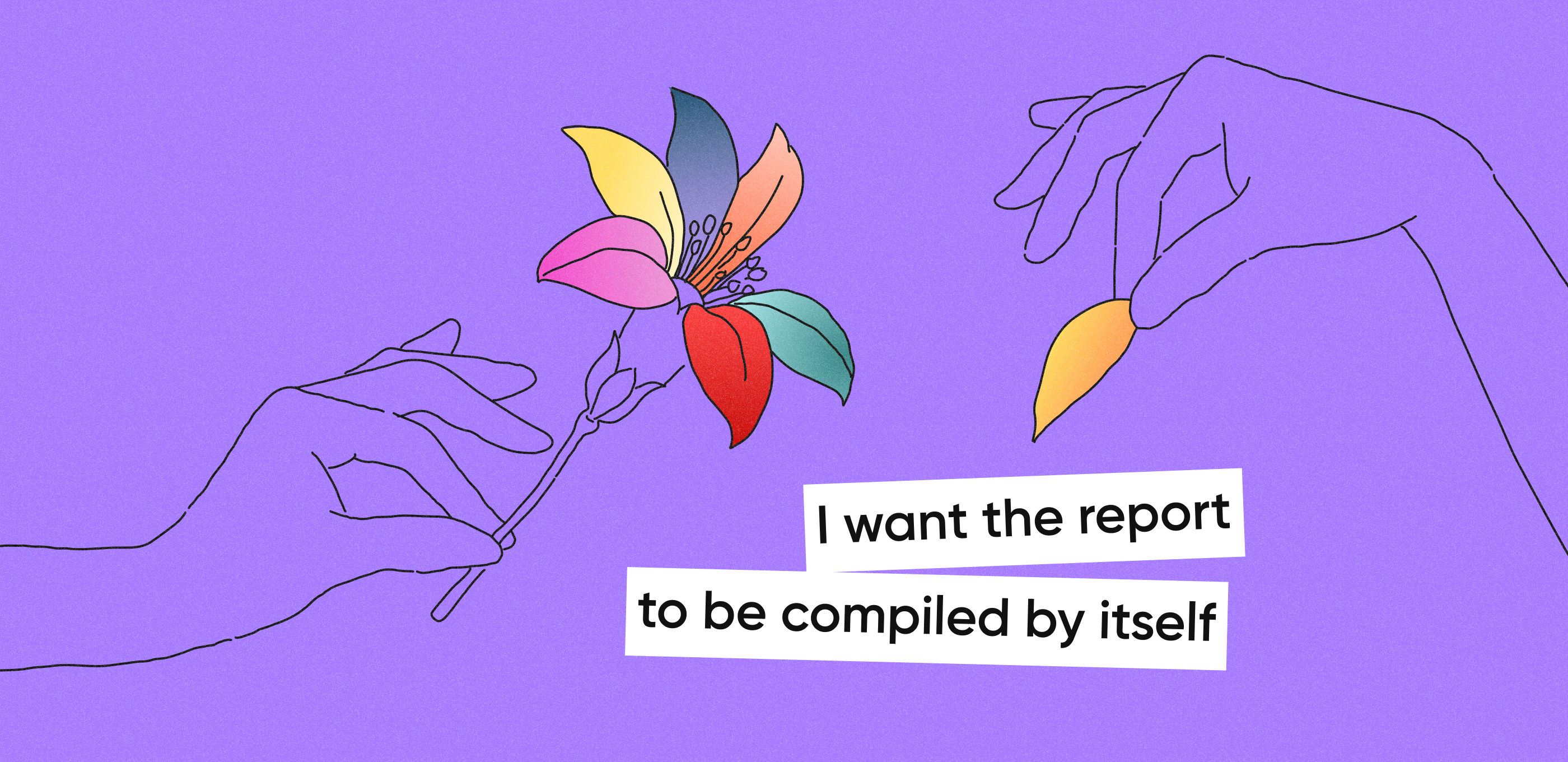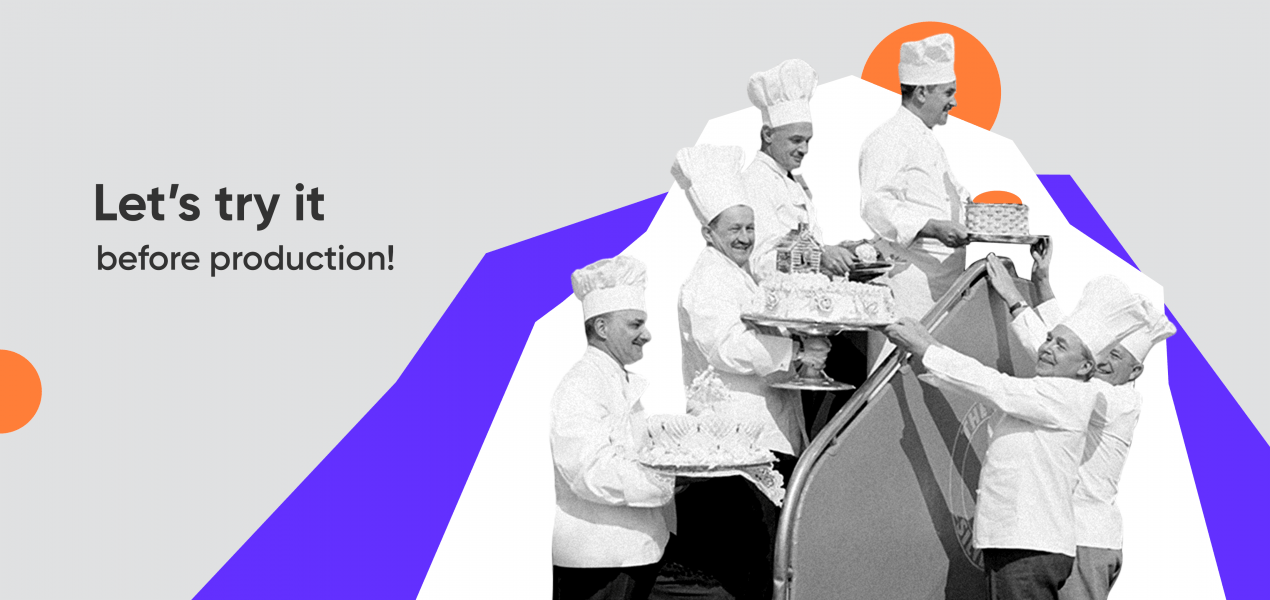Looking for a development team?
We can help with design and development of apps for businesses and startups
Based on Eric Ries’ The Lean Startup we’d like to share the symptoms of taking the wrong way when pivoting products.
Testing the wrong thing
You’re 100% sure about what customers’ main problems are. You change the design, spend hours in team meetings discussing what to include or exclude. And then you finally build your thing. But it comes to sharing the product with the market it becomes pretty clear that no one even wants it.
Let us help you prevent this from happening.
Every time you come up with something like ‘My hypothesis is that we need X and Y and Z features’, take a step back, then ask yourself ‘Why the hell do we need this? Is there at least one person who told me this?’ If you have no supporting data, congratulations — it’s just your guess.
A working hypothesis is mainly about customers. Carefully test it and then compare the given feedback with your business vision to find out if the chosen direction is right or not. Try out in-person/Skype interviews or surveys to gain needed data about the customer’s mentality, behavior, and frustrations.
Ask open-ended questions, that give you more than just ‘yes’ and ‘no’ answers. Ask anything that starts with ‘who, what, why, when, where, how’.
| Bad | Good |
| Alarm clock beeping. Is it annoying? | What freaks you out the most about your alarm clock? |
| Do you wake up early? | How to wake up early? |
In case your hypothesis is invalid, create a new one and test it again. This is exactly what the word ‘pivot’ means.
Tinkering with your MVP
‘I can’t validate the idea. I have literally nothing to offer.’ — a fear you believe in. So you jump into building a complicated technical product right from the start.
Rather than building a fully-fledged thing, start out with an MVP — a product that contains just must-haves. At the very start, all you need is to get to identify customers’ needs. Quickly and with something very basic.
Don’t rush into building various features from day one. Create a list of product assumptions first. A few possible examples are:
- What your users look for.
- How the design should work.
- What marketing strategy is good for your product.
- What architecture suits best.
- What monetization strategy to use.
- What your main competitive advantage is.
All the assumptions should be carefully tested before the actual work starts. Most of them will be eventually wrong. Find out which ones by asking potential users for feedback. A few low-cost methods are customer interviews, landing page tests, and surveys.
If your assumption is wrong, learn from that and pivot toward another customer or problem. Try different niche, industry or user role.
Wrapping up
‘I pivoted my startup’ isn’t about finding the coolest ever solution or choosing the coolest UI/UX design and features on the very first try. Pivot is just a step you take to clearly understand what these ‘coolest’ things are.
Pivot gradually. If no one feels the need for the solution you’ve built — adding a couple of random features won’t work.











